The Public Bank Solution
 Tuesday, January 27, 2015 at 02:38PM
Tuesday, January 27, 2015 at 02:38PM Dr. Quigley was a professor of history at Georgetown University, where he was President Bill Clinton’s mentor. Quigley identified himself as an insider groomed by the powerful clique he called “the international bankers.”
His credibility is heightened by the fact that {p. 192} he actually espoused their goals. In Tragedy and Hope: A History of the World in Our Time (1966), he wrote:
I know of the operations of this network because I have studied it for twenty years and was permitted for two years, in the early 1960′s, to examine its papers and secret records. I have no aversion to it or to most of its aims and have, for much of my life, been close to it and to many of its instruments…. In general my chief difference of opinion is that it wishes to remain unknown, and I believe its role in history is significant enough to be known.
He wrote of this international banking network:
[T]he powers of financial capitalism had another far-reaching aim, nothing less than to create a world system of financial control in private hands able to dominate the political system of each country and the economy of the world as a whole. This system was to be controlled in a feudalist fashion by the central banks of the world acting in concert, by secret agreements arrived at in frequent private meetings and conferences. The apex of the system was to be the Bank for International Settlements in Basel, Switzerland, a private bank owned and controlled by the world’s central banks which were themselves private corporations.
The key to their success, said Quigley, was that the international bankers would control and manipulate the money system of a nation while letting it appear to be controlled by the government. The economic and political systems of nations would be controlled not by citizens but by bankers, for the benefit of bankers.
The goal was to establish an “independent” central bank in every country-meaning one that was independent of government and subject to the control of private banking interests. Today, this goal has largely been achieved. Central banks have the authority to issue the national currency in their respective countries, and it is from these banks that governments must borrow money to pay their debts and fund their operations. The result is a global economy in which not only industry but government itself runs on credit (or debt) created by a banking monopoly headed by a network of central banks that are {p. 193} independent of the dictates of government; and the top of this network is located at the BIS, the “central bank of central banks” in Basel.
Behind the Mask of an International Clearing House
The BIS was set up in 1929 to handle German war reparations, after Germany defaulted on its war debts under the Treaty of Versailles in 1923. The Dawes Plan was then set up to allow Germany to borrow money from America, so that Germany could repay its war debts to England and France. In 1929, the Young Committee restructured the Dawes loans and created the BIS to act as trustee for the loans. Germany made installment payments to America, giving American bankers a vested interest in German industry so hat Germany could repay the loans.
The plan for the BIS was agreed to at a conference at the Hague in August 1929, just two months before the Wall Street stock market crash of that year. A charter for the bank was drafted at the International Bankers Conference at Baden Baden in November and was adopted at a second Hague Conference on January 20,1930.
Although the stated purpose of the BIS was to handle reparations, Quigley said that its primary purpose was to allow central bankers to maintain collective control over world finance without London remaining the sole dominating financial power, Britain having ceded much of that power to America with the economic burdens of World War 1. Quigley wrote:
The BIS is generally regarded as the apex of the structure of financial capitalism whose remote origins go back to the creation of the Bank of England in 1694 and the Bank of France in 1803. As a matter of fact its establishment in 1929 was rather an indication that the centralized financial system of 1914 was in decline. It was set up rather to remedy the decline of London as the world’s financial center by providing a mechanism by which a world with three chief financial centers in London, New York, and Paris could still operate as one…. It was intended to be the.world cartel of ever-growing national financial powers by assembling the nominal heads of these national financial centers.
Excerpt from The Public Bank Solution: From Austerity To Prosperity
By Ellen Hodgson Brown, J.D.








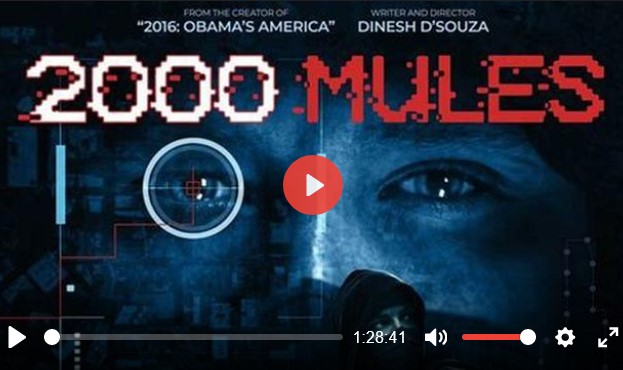






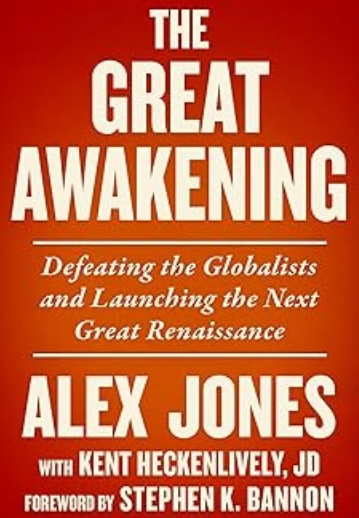















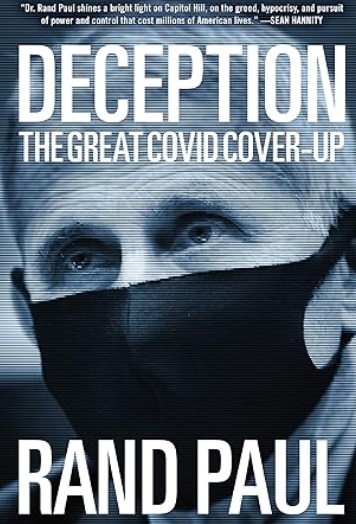










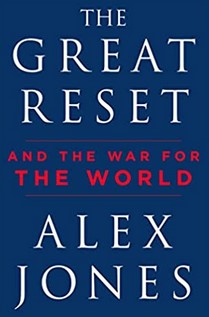












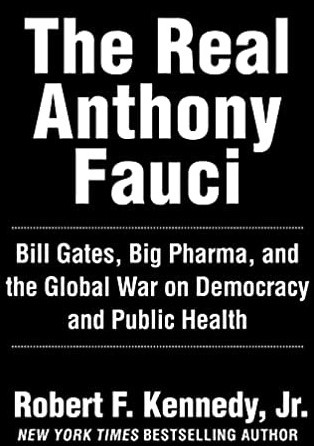


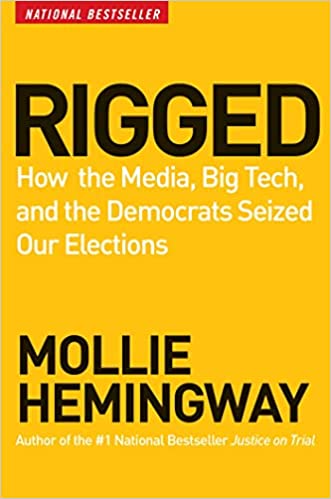










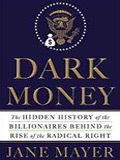
















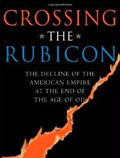





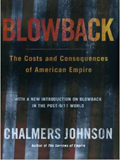




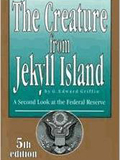




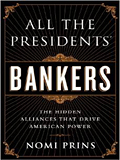


























Reader Comments